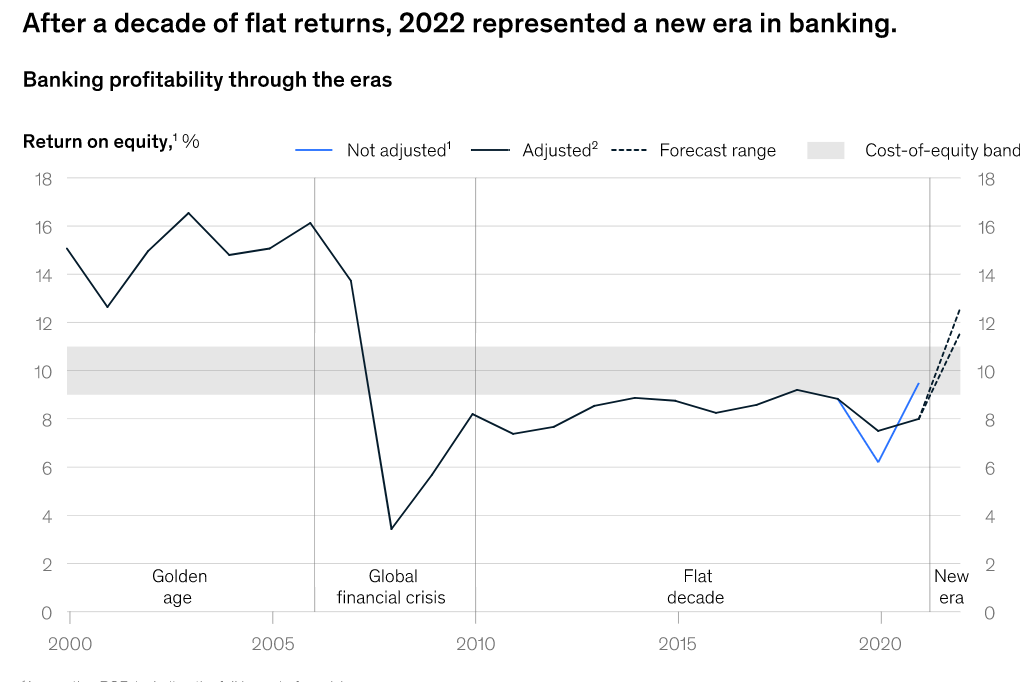Why did Kalshi just raise $185m at a $2bn valuation more than DOUBLE Polymarket's recent reported $1bn?
- Polymarket dominated election coverage.
- Had 10X the volume.
- Every journalist quoted their odds.
- They owned the narrative.
- But they can't touch US users.
The biggest prediction market in history... banned from its biggest market.
Kalshi is CFTC-regulated and able to advertise to US customers.
- Polymarket dominated election coverage.
- Had 10X the volume.
- Every journalist quoted their odds.
- They owned the narrative.
- But they can't touch US users.
The biggest prediction market in history... banned from its biggest market.
Kalshi is CFTC-regulated and able to advertise to US customers.

But what about prediction markets generally? Isn't it just gambling?
When you can't afford a house, can't trust institutions, can't build wealth through traditional means... why not bet on elections?
This is financial nihilism pricing in.
The social contract broke.
Prediction markets filled the void.
Young Americans are gambling because the "legitimate" path to wealth feels rigged anyway. Same odds, different casino.
When you can't afford a house, can't trust institutions, can't build wealth through traditional means... why not bet on elections?
This is financial nihilism pricing in.
The social contract broke.
Prediction markets filled the void.
Young Americans are gambling because the "legitimate" path to wealth feels rigged anyway. Same odds, different casino.
But institutions see something else entirely.
- Paradigm didn't invest in sports betting.
- They invested in the infrastructure for conditional finance.
- Prediction markets are just conditional settlement rails.
Today it's "Will Trump win?" Tomorrow it's insurance contracts, derivatives, conditional payments.
If x outcome happens pay y to person z.
- Paradigm didn't invest in sports betting.
- They invested in the infrastructure for conditional finance.
- Prediction markets are just conditional settlement rails.
Today it's "Will Trump win?" Tomorrow it's insurance contracts, derivatives, conditional payments.
If x outcome happens pay y to person z.
Matt Huang from Paradigm said “Prediction markets remind me of crypto 15 years ago: a new asset class on a path to trillions.”
Matt was super early in Bitcoin.
When Matt says things like that. Listen.
Matt was super early in Bitcoin.
When Matt says things like that. Listen.
What makes prediction markets different is the way they frame outcomes and the open order book chart.
You're using that to drive decision making.
It's impacting other financial products.
Betting odds always did that to some extent.
But not as effectively as prediction markets.
You're using that to drive decision making.
It's impacting other financial products.
Betting odds always did that to some extent.
But not as effectively as prediction markets.
Prediction markets are often right when other forms of gambling or prediction are wrong.
That's their superpower.
That's their superpower.
• • •
Missing some Tweet in this thread? You can try to
force a refresh











